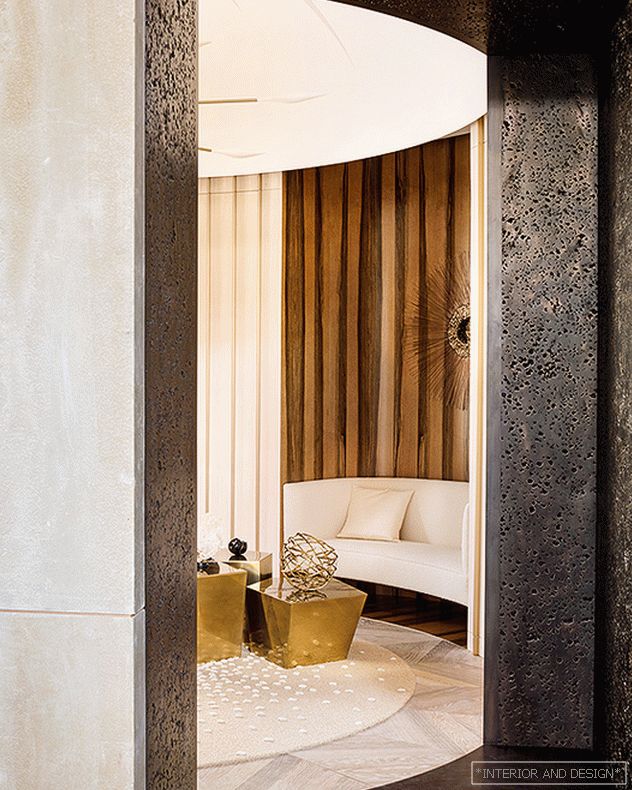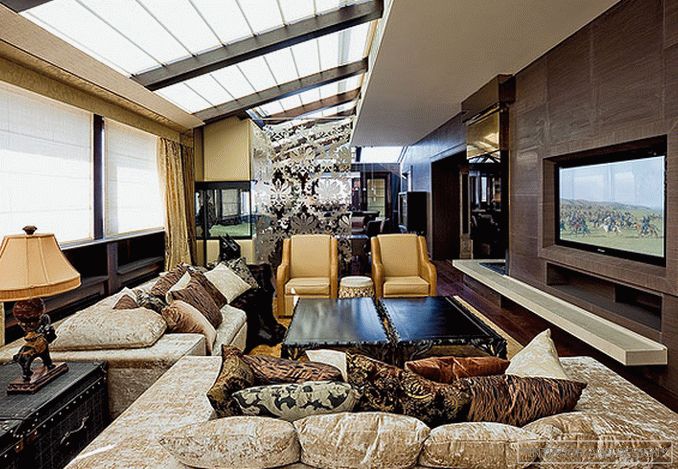An important component of any part of the house is its drainage system. Proper drainage is a reliable guarantee that in the event of heavy precipitation, the excess water will not linger and the area for the house will not flood.
Incorrectly constructed drainage system can lead to the opposite result, the whole area will be flooded with water. To avoid this, you need to take care of the correct slope of the drainage, its depth and other points. This is described in this article.
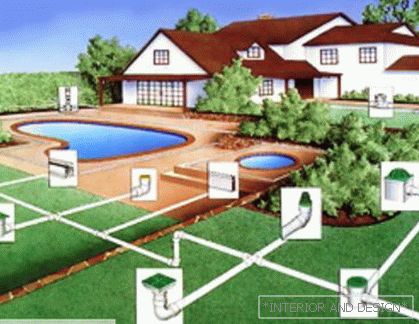
How to make a closed drainage
||Closed drainage-->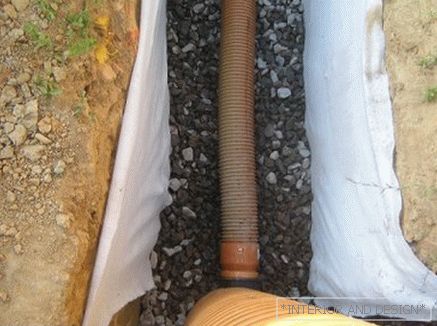 Closed drainage
Closed drainage
If you got the idea to combine the laying of drainage for the house and for the whole site at the same time, then the pipes should be laid at a certain distance (1-2 meters) from the entire foundation of the house, along its entire perimeter. As for the depth of pipe laying, they are laid at a depth slightly lower than that at which the soil freezes through.
An important point! After the trenches have been dug outside the house, it is necessary to wrap them with geotextiles, then fill them up with a small layer of rubble and only after the procedures we have completed, we lay pipes and then finally fill them with rubble.
Water from the closed drainage system can be diverted either to a specially constructed filtration well, or to a ravine or a reservoir that is located close to the house.
How to make open drainage
||Outdoor drainage-->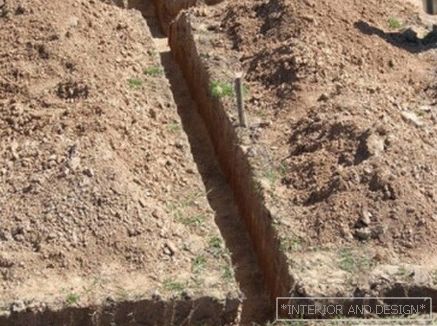 Outdoor drainage
Outdoor drainage
But there is some inconvenience in the use of open drainage system. After the rain, you can accidentally slip on the wet ground and simply fall into the dug trench, or it can happen in the case when the process of planting is in place (in the case of a vegetable garden).
For those suburban areas where there are no landings, this inconvenience can be solved with the help of special lawn grids. They are so durable that you can even park on some of them.
How to make soft drainage
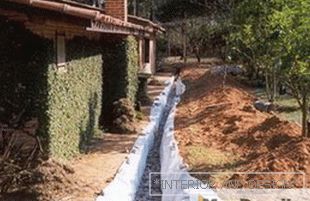
Selecting one of the above methods will allow you to keep your site dry, despite any rain and other weather surprises. Unless of course everything will be done correctly!


